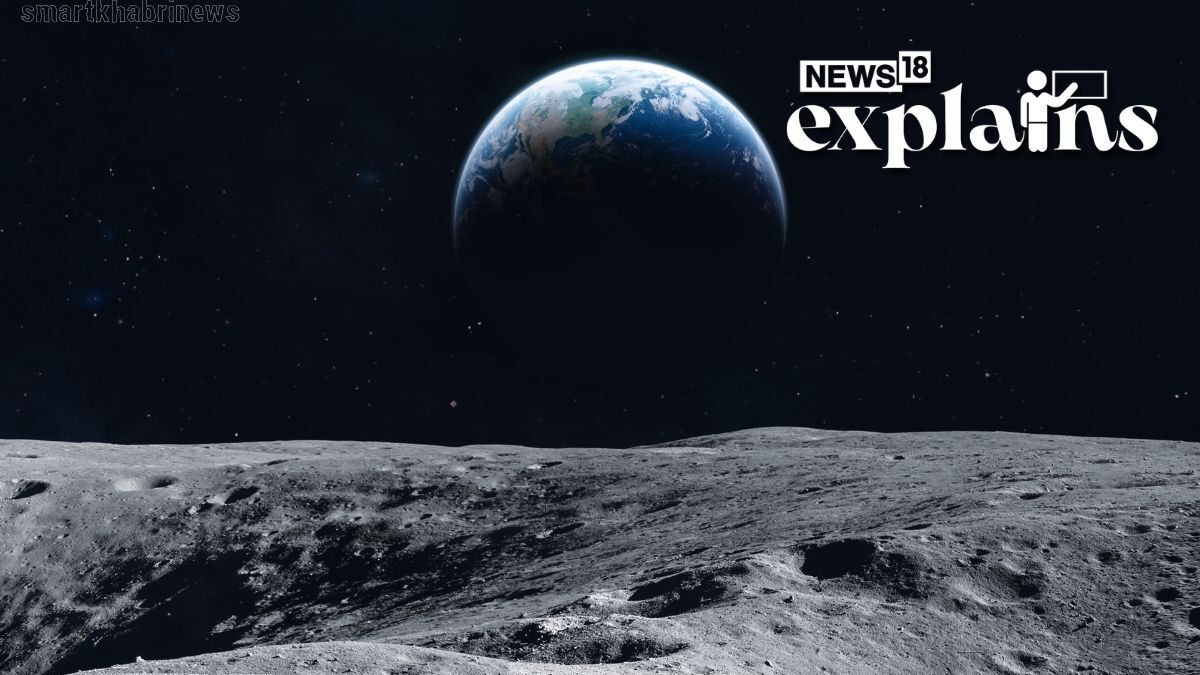Chandrayaan-3: A Historic Lunar Touchdown
The highly anticipated Chandrayaan-3 mission is poised to achieve a momentous feat as it prepares to make its touchdown on the lunar surface this Wednesday. Embarking on a 40-day long journey to the moon, the mission holds the promise of not only a successful soft landing on the Moon but also of elevating India’s status as a spacefaring nation.
India’s Leap to the Lunar South Pole
If the Lander accomplishes its goal of a soft landing on the Moon, India would proudly join the ranks of countries that have achieved this remarkable feat. In doing so, India will become the fourth nation to achieve a soft landing on the lunar surface. The significance of this achievement is further heightened by the fact that Chandrayaan-3 will be the pioneering mission to land on the Moon’s south polar region.
The target destination of the Lander is the southern polar region of the Moon, a region of immense scientific interest and potential. This region is a treasure trove of scientific insights and exploration opportunities, largely uncharted due to the limited number of missions that have ventured to this remote lunar territory.
Unforeseen Challenges: Russia’s Lunar Setback
While Chandrayaan-3 prepares for its historic lunar landing, Russia’s lunar craft, Luna-25, faced an unfortunate setback. Scheduled to land on the Moon’s south pole, Luna-25 met with a crash on a Sunday. This incident underscores the challenges and risks associated with lunar exploration, particularly in unexplored and demanding terrains.
Breaking the Mold: Exploration of Moon’s Southern Polar Region
Traditionally, lunar missions of the past concentrated their efforts around the moon’s equatorial region, opting for accessibility and ease of exploration. The south polar region, in contrast, remained largely untouched due to its rough and rugged terrain. The upcoming Chandrayaan-3 mission aims to change this by making a historic landing in this uncharted territory.
The historical context is crucial; no previous lunar mission has successfully reached the Moon’s South Pole. The endeavors of the 1960s and 1970s focused on latitudes near the equator or the central regions of the Moon, driven by practical considerations of accessibility.
Breaking this pattern, Chandrayaan-3 aspires to unlock the mysteries of the Moon’s southern extremity. This area has garnered attention due to its potential to hold valuable resources, particularly water.
Potential for Water Discovery
Past lunar missions and remote sensing efforts have hinted at the presence of permanently dark craters in the Moon’s southern polar area. These craters hold immense promise for scientific research, particularly concerning the existence of water in measurable quantities.
The Chandrayaan-3 mission assumes great significance in India’s space ambitions. One of its key objectives is to expand our understanding of lunar water ice, a resource of immense potential value. Both lunar poles have shown signs of water ice presence, with the South Pole boasting a potentially higher concentration due to its larger area in permanent shadow and colder temperatures.
The southern region’s unique conditions make it an ideal location for studying water resources, a crucial element for future human missions to the Moon. The discovery of substantial water reservoirs could revolutionize our perspective on lunar colonization and exploration.
ISRO’s Insights and Expectations
ISRO scientists have provided insights into the southern side’s distinct characteristics. Notably, this region is characterized by significant craters and experiences a continuous barrage of comets and asteroids impacting its surface.
Suresh Naik, former group director at ISRO, emphasized the agency’s commitment to innovation and exploration. “The ISRO always tries to do different things on each mission. So, this is one aspect. The second aspect is the possibility of finding a fair amount of water. On the southern side of the Moon, because of big craters, there are quite deep and permanently shadowed areas, and then there is a bombardment of comets and asteroids continuously happening on the land surface,” Naik stated.
Advantages of Exploring the Lunar South Pole
The exploration of the Moon’s southern polar region offers numerous advantages:
| Advantages | Description |
|---|---|
| Scientific Discovery | The region holds untapped scientific potential, offering insights into lunar geology, water presence, and more. |
| Resource Identification | Exploration could lead to the identification of valuable resources, such as water ice, critical for sustaining future lunar missions. |
| Human Exploration | Understanding the region enhances the viability of future human missions to the Moon, potentially establishing a lunar base. |
| Technological Advancement | The challenges posed by the rugged terrain and unique conditions drive technological innovation and advancement. |
The Chandrayaan-3 mission encapsulates India’s determination to push the boundaries of space exploration and scientific discovery. As the Lander prepares for its historic descent onto the Moon’s south pole, the world watches with anticipation, eager to witness a new chapter in lunar exploration.
